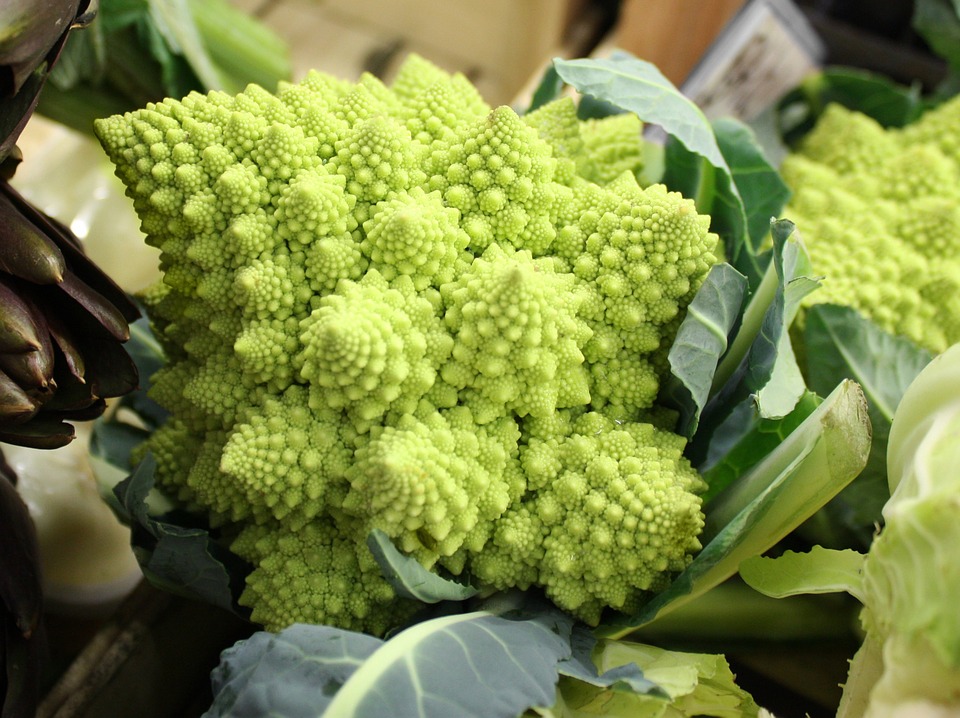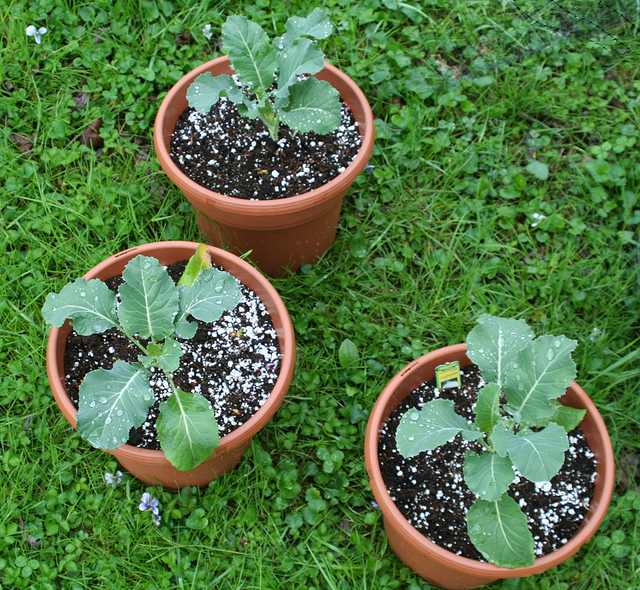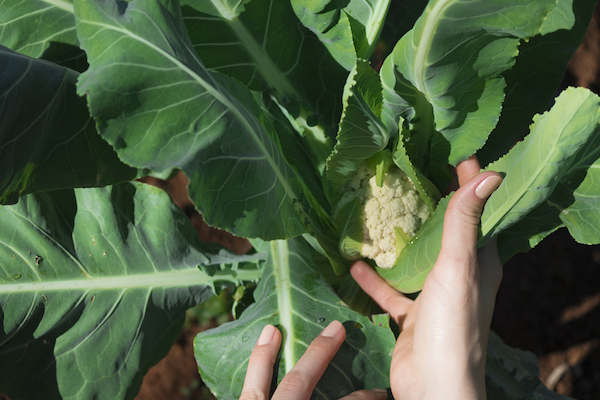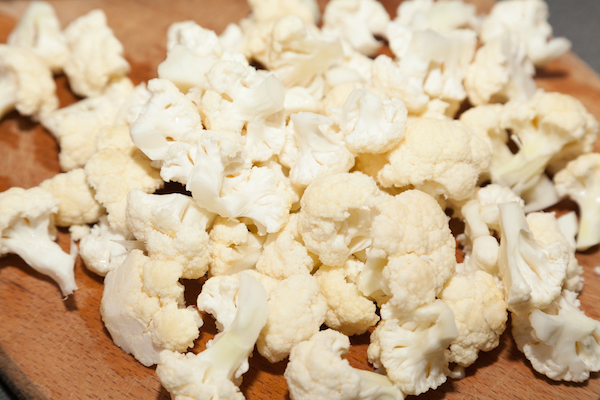Botanical name: Brassica oleracaea
I have to admit that cauliflower has never been on the top of my list when it comes to my vegetable garden. However, while garden-sitting a friend’s veggie patch a few months back, I became intrigued by the glowing white coral heads of my friend’s plants and it’s been on my mind since to give them a go.
I’m keen to try some lime green ‘Romanesco’ cauliflower with its incredible spiral patterning, and also some ‘Snowballs,’ in containers. The white heads are a mass of immature clumps of flower buds and have a sweeter and nuttier flavour when picked fresh.
The trick to cooking brassicas is to cook them lightly, as over-cooking releases an unpleasant sulphur flavour.
Varieties of cauliflower
- Snowball: 50cm tall with small 15cm heads.
- Broccoli Romanesco: lime green with ornate spiral pattern and a nutty taste.
- Violet Sicilian: violet and turns green when cooked.
- Giant of Naples: Italian heirloom with a very large head.
- Sixty Days: good for warmer areas.
- Paleface: good for cooler climates.

image: Broccoli Romanesco
When do I plant cauliflowers in Australia?
Plant according to varieties and regions. Cauliflowers are cool to mild climate plants and heads form best during autumn and winter. Seed germinates best at 10-25 degrees Celcius. In areas where it is still extremely hot, try planting seeds into seedling trays and focus on preparing your soil beds.
- Cold regions: September to March
- Temperate regions: December to April
- Sub-tropical regions: February to May
- Tropical regions: April to May
Are seeds or seedlings best?
Either sow your seeds directly into soil or raise them in seedling trays then transplant into growing beds. Seedling trays can be a great option for making the best use of space in your garden and allow you plenty of time to prepare your soil. Transplant your seedlings after around 6 weeks. For best results plant as early as possible within the suggested time frame.
Plant in well prepared soil
Provide a rich, well-drained soil enriched with well-rotted compost and manure. A pH of 6.5 to 7 is ideal.

Grow ‘mini’ cauliflowers in containers
If you are short on space, try growing some ‘Snowball’ cauliflowers in containers. These will grow in 14-16 weeks and are also a great novelty. The heads will grow around 15cm.
Find a sunny position and water regularly
Plants can become water stressed so ensure you water deeply and consistently. Mulching will help retain moisture in the soil.
Feed plants well
After planting, regularly feed your plants with an organic fertiliser and give a fortnightly dose of seaweed solution.

Avoid discoloured heads by sheltering them with leaves
Heads can become discoloured by exposure to excessive sunlight or frost. Cover the developing head with larger outside leaves using string or pegs. To prevent rotting, do this in the afternoon when leaves are dry.
Look out for pests
The main pests that cauliflower are prone to are Cabbage White Butterflies and aphids. Natural predators will usually keep them in check, but it’s important to keep an eye on plants.
Cabbage white butterflies: exclusion netting plants from the very beginning can be helpful as is knocking off the small yellow eggs from the leaves and pulling off the caterpillars.
Aphids: hosing off aphids can help and if populations get really high try a soap or garlic spray.
If possible try to keep your plants healthy and use minimally invasive action. Usually natural predators can sort out the problem for you.
Practice crop rotation
Cauliflower are also prone to club root and boron deficiency making crop rotation essential. This involves rotating crop beds based on family groupings and lessens the chance of diseases and nutrient deficiencies.
Symptoms of club root include wilting leaves and deformed club-like roots.
Boron deficiency can include small stiff young leaves, and retarded head development. Correct soil pH and water seedlings with two teaspoons of borax dissolved in a full watering can.

Harvesting and storing your produce
Plants are usually ready to harvest within 50 to 60 days. Pick the heads (also called curds) when large and firm. Cut low down on the stem and then remove outer leaves. Use immediately, store in the refrigerator or cut into smaller heads, blanch and freeze.
Where do I buy seeds?
Go to your local nursery or search for seed stores online. Try to buy seeds that have been grown in Australia. You could also join a local savers group or simply collect your own seeds to re-plant each season.
Can I save my own seed?
Seed is relatively easy to save yourself although be aware that cauliflowers can cross-pollinate with other members of the brassica family such as broccoli. Leave the seed to mature on the plant and collect when it starts to dry out. Store in a dark, cool air-tight jar and it will last up to five years.
Read this next: How to: grow your own mushrooms


Thank you for the terrific post